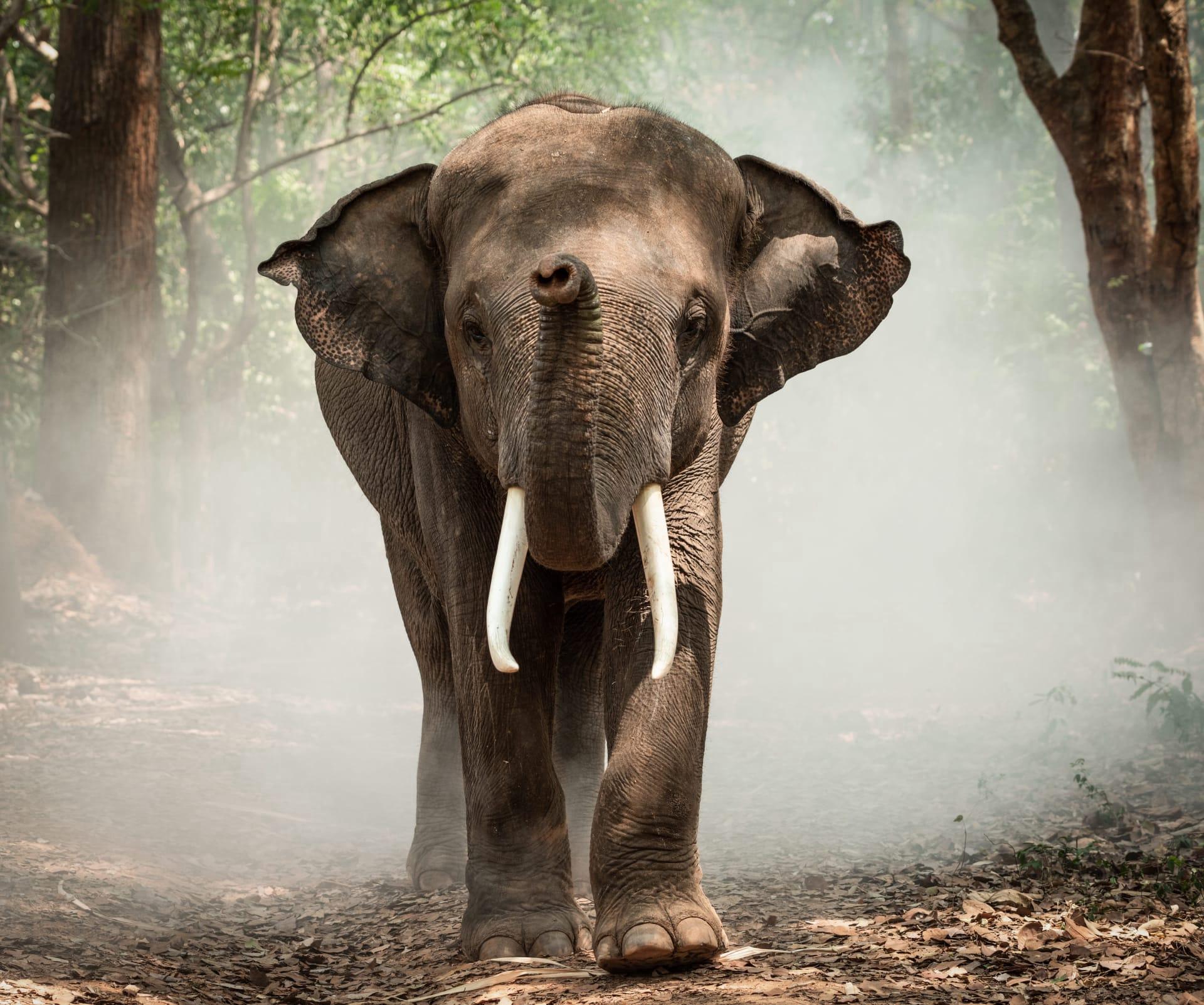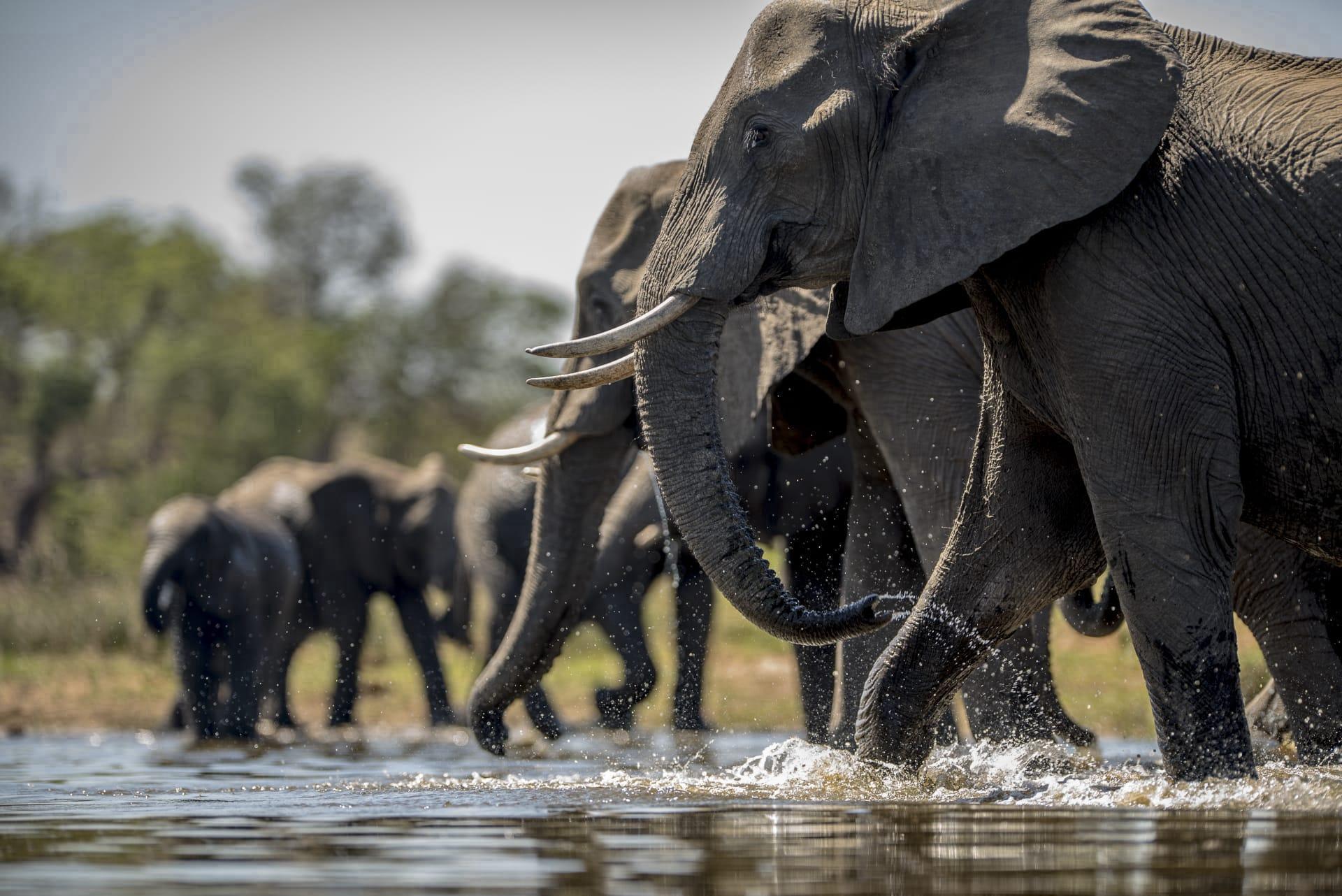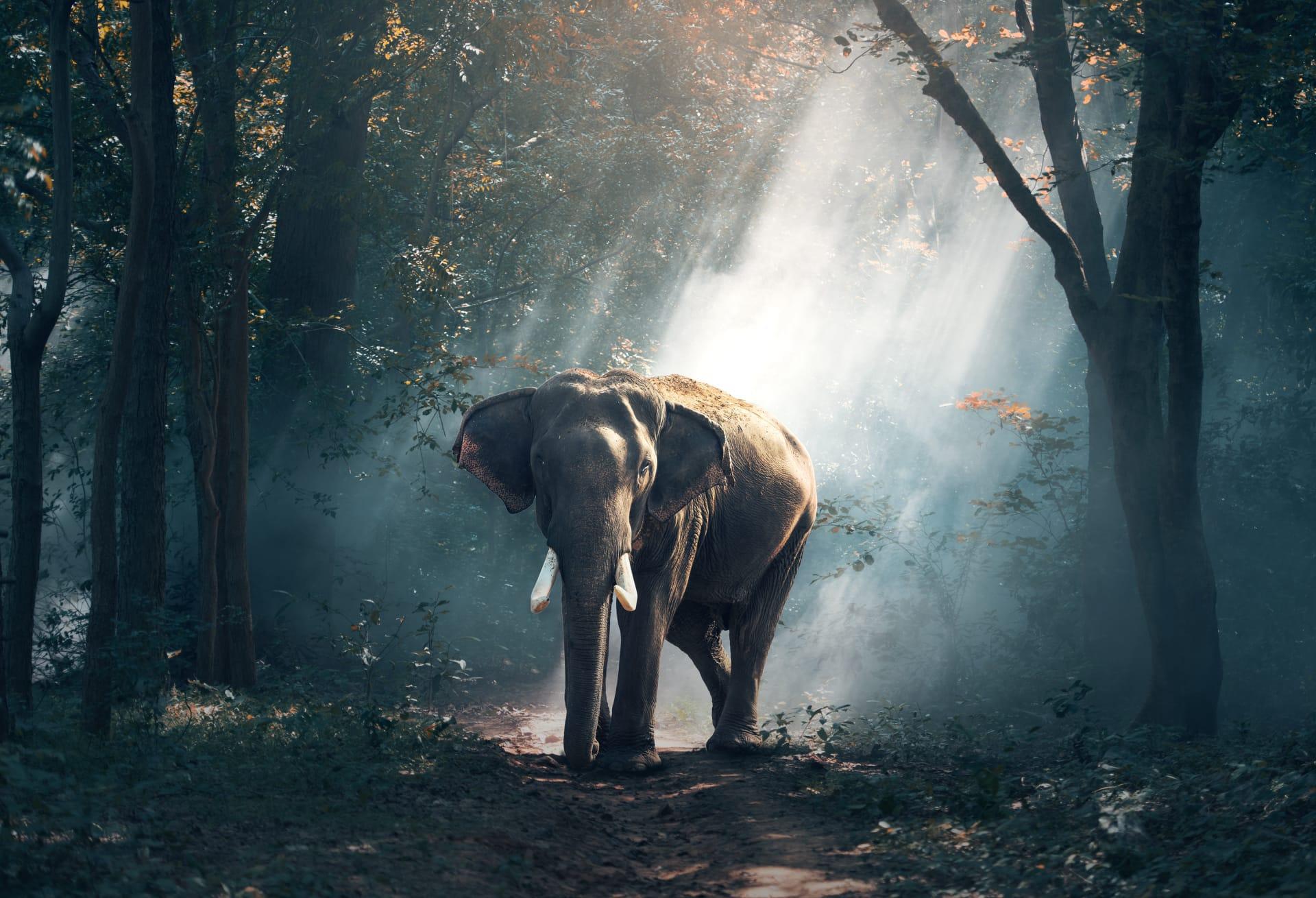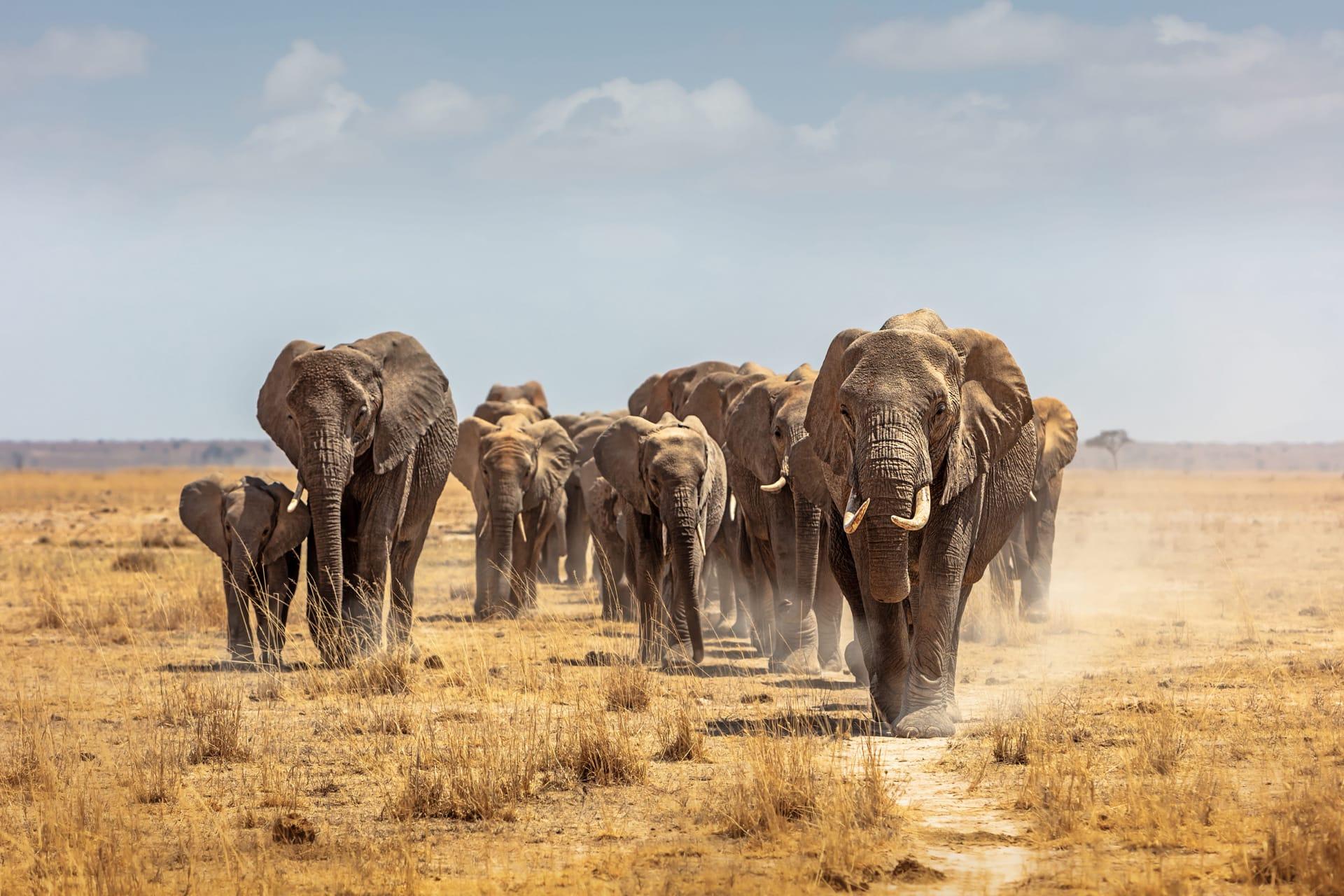Elephant Characteristics
- Home /
- Mini Encyclopedia /
- Animal /
- Elephant Characteristics
1
Elephants, magnificent creatures of immense size, are easily recognized by their distinctive features. An adult elephant can weigh between 2,000 to 6,000 kilograms and stand about 2 to 4 meters tall at the shoulder. Their skin is tough and wrinkled, varying in color from grey to brown, and can be up to 2.5 cm thick. These giants typically live for 60 to 70 years in the wild, though some have been known to reach the ripe age of 80.
Perhaps the most remarkable feature of an elephant is its trunk. A fusion of the nose and upper lip, the trunk is an incredibly versatile tool. It contains over 40,000 muscles, allowing for remarkable flexibility and strength. Elephants use their trunks for a variety of tasks, from breathing and smelling to grabbing objects and producing sounds. The trunk can lift objects as heavy as 270 kilograms and is sensitive enough to pick up a single blade of grass.

2
Question: Why do elephants flap their ears?
Answer: Elephants flap their ears primarily to regulate their body temperature. Their large ears have a network of blood vessels that help dissipate heat. When they flap their ears, they create air currents and increase blood flow to the ears, which helps to cool them down. This is particularly useful in their often hot and sunny habitats. Additionally, ear flapping can be a form of communication or a way to express emotions.

3
Elephants are surprisingly agile for their size. They can reach speeds up to 40 kilometers per hour, though they cannot jump or gallop. Their movement is more like a fast, rolling walk. They have a unique foot structure, with a large pad of fat and connective tissue at the heel, which acts as a shock absorber, enabling silent walking.
Elephants are herbivores, consuming a diet that includes grass, leaves, bark, and fruit. An adult elephant can eat up to 150 kilograms of food per day. They use their trunks to pull branches and leaves from trees or to pluck grass from the ground. Their molars are specifically adapted to grind plant material, and they can go through six sets of teeth in a lifetime.

4
Elephants are typically found in a range of habitats, including savannas, forests, deserts, and marshes. They are adaptable and can live in environments as diverse as grasslands and rainforests. Elephants require large territories for foraging, and access to water is crucial for their survival.
The reproduction of elephants is a slow process. Females reach sexual maturity around 10-12 years of age, but often don’t breed until they are older. Gestation lasts about 22 months, the longest of any land animal. Calves, weighing around 100 kilograms, are born after this extensive period. Typically, a female elephant will have one calf every 2-4 years.

5
Book: "The Elephant Whisperer" by Lawrence Anthony, South Africa, 2009. This book tells the heartwarming story of a conservationist who accepts a herd of 'rogue' wild elephants on his game reserve in South Africa. Anthony forms a deep bond with the elephants, learning and communicating with them, offering insights into their complex social structure and emotional depth.
Book: "Elephants: The Deciding Decade" by Roger Henwood, United Kingdom, 1992. This book provides a comprehensive overview of elephants' lives, their social behaviors, and the threats they face due to habitat loss and poaching. Henwood combines scientific research with his experiences in conservation to advocate for the protection and understanding of these majestic creatures.